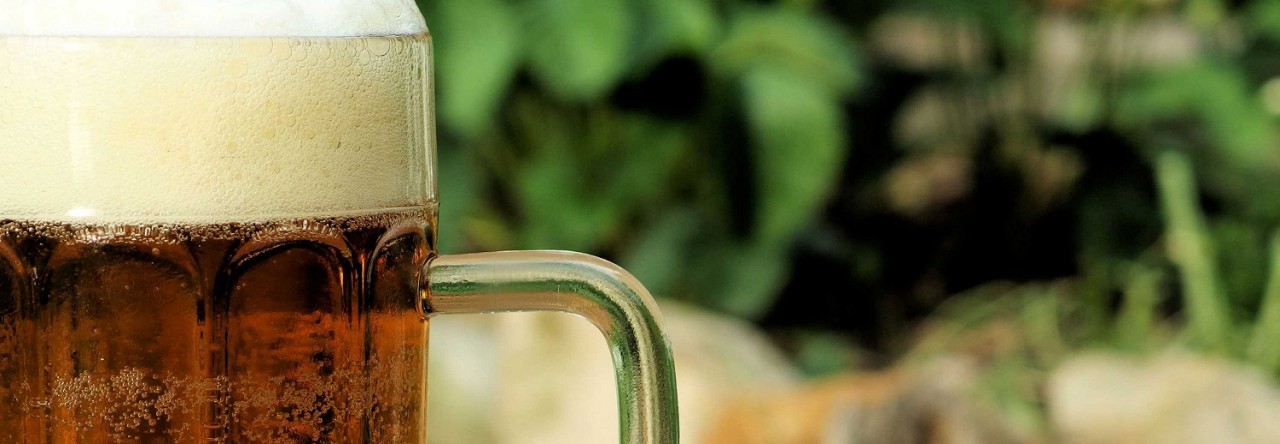Hey, it’s that time of year again and we are back with a beloved annual tradition.
It’s the one and only “Miketoberfest”, brought to you by Mike in his signature style.
If you’ve been along for the ride before, you know he recreates the classic American interpretation of Oktoberfest/festbiers.
The Miketoberfest 2025 leans harder into the malt-rich, dark-pretzel vibe. This dude is not messing around.
Recipe Breakdown & Brew Day Process
Here is the full homebrew recipe for our 2025 Miketoberfest.
Note: this is for a 5 gallon batch.
Water:
Spring water treated to be sulfate-heavy to lift the malt.
8 g Calcium Sulfate
2 g Magnesium Sulfate
2 g Calcium Chloride
Grain Bill:
7.75 lb (3.52 kg) of Pils/2-row floor-malted (for that extra character)
3.00 lb (1.36 kg) Light Munich (~7° L)
1.00 lb (0.45 kg) Caramunich 3 (~55° L)=
4 oz (113 g) CaraAroma (~180° L)
Hops:
1 oz (28 g) of Magnum hops at 60 minutes left to go in the boil
2 oz (56 g) of Tettnang hops at 5 minutes left to go in the boil
Yeast:
Two packs of CellarScience German (34/70 strain)
Process:
Mike ran the mash full volume on his propane system, about 10 gallons of wort, boiled down to ~6.5 gallons. No sparge. Using a false bottom on the kettle, he skipped the hoisting hassle.
Mashed at 145 °F for 45 minutes (aiming for fermentability)
Then, raised the temperature to 158 °F for 20 minutes
Finished at 168 °F for mash-out
Fermented at 65 °F in the basement for ~2 weeks, then kegged and chilled for another two weeks before serving.
Outcomes:
Original Gravity: 1.048
Final Gravity: 1.014
IBUs: 28
SRM: 12°
BV: 4.5%
Tastings Notes and Final Thoughts
The color came through beautifully. It had a rich copper glow, a little darker than a typical Festbier but exactly what Mike wanted. The head is off-white, lacing nicely. Aroma hits you with toasted malt, a slight herbal hop whisper, and a yeasty estery edge from the German strain.
On the palate, the layers shine: that Light Munich + Caramunich + CaraAroma stack gives a big malt-forward feel. It is bready, toasted, almost like a warm Bavarian pretzel. The bitterness is restrained, letting the malt shine but still giving enough bite so it doesn’t flop into syrup territory. Paired with good savory fare, like sausages or smoked meats, this beer excels.
Does it have sessionability? Absolutely. We could easily knock back a liter and be totally content.
Tweaks for next year? Maybe pull back just a shade on the darker malts to crisp it up a tiny bit.
Overall, this Miketoberfest iteration nailed the brief: Fall, Malt character, and drinkability.
BREW ON!
